Fifty years on, photographer Lloyd Ziff reflects on his heady art school days with Robert Mapplethorpe and Patti Smith in a new, limited-edition book
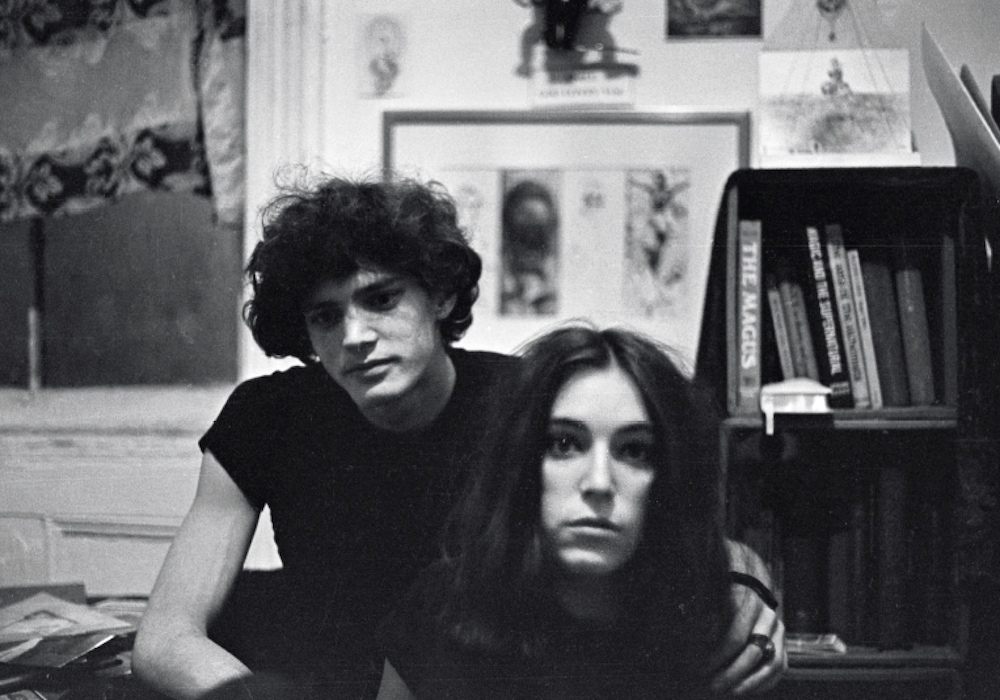
“Never let go of that fiery sadness called desire.”
– Patti Smith
The year is 1969 and two of America’s most important artists kneel naked in prayer, blindfolded. Next, they gaze at the camera with a brazen intensity, then huddle together with uninhibited intimacy. They are very young, very beautiful and happen to be Robert Mapplethorpe and Patti Smith, long before they became titans in photography and music. Published for the first time half a century after they were taken, DESIRE is a limited-edition book from photographer Lloyd Ziff, capturing not only Patti and Robert’s first photo shoot together, but a New York undergoing seismic cultural change in the late 60s. The direct black and white images distil the purity of youth as well as artists and city on the precipice of transformation with minimal fuss – while at the same time offering a deeply personal narrative with original contact sheets and notes. “Far from being odd, they are fantastic in the accidental,” states Ziff, “each has a sense of certainty and forth-rightness.” We spoke to the veteran photographer about hanging out with the duo in Max’s Kansas City, how to achieve photographic spontaneity and why desire manifests itself in all their work.
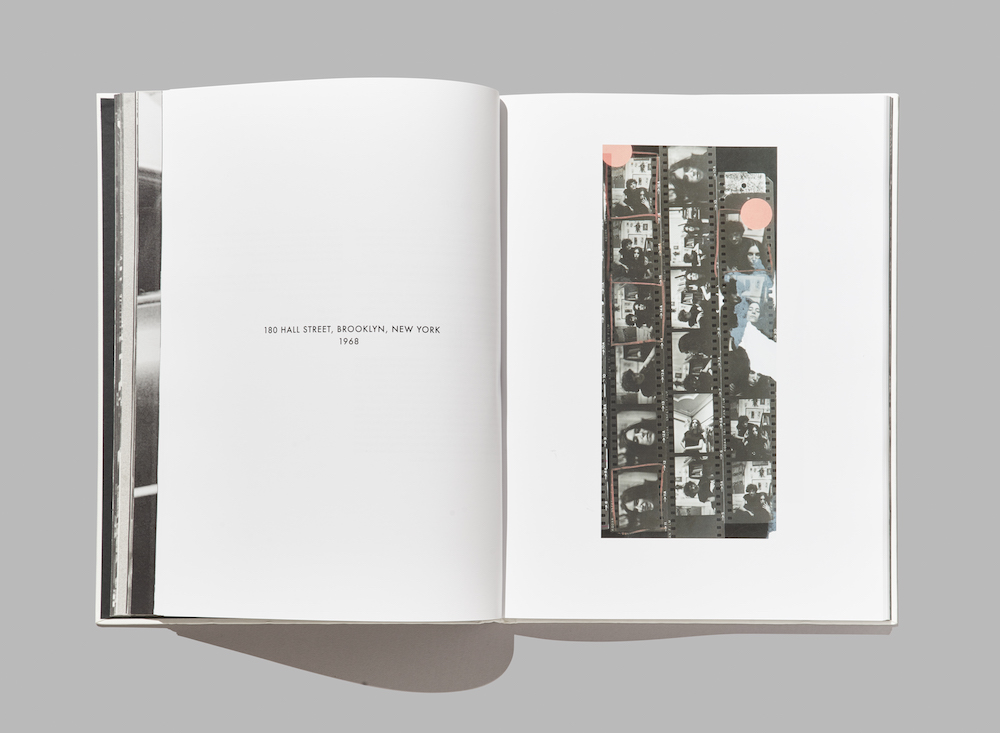
What first drew you to Robert at art college, what were your first impressions of Patti?
Robert & I met when both were art students at Pratt Institute in Brooklyn in 1967. We were friends, but not particularly close, but I think there was an unacknowledged, perhaps even to ourselves, feeling that we were both possibly gay. When Robert started living with Patti in 1967 or 68, I was struck by her intensity and originality. They made an unusually strong couple.
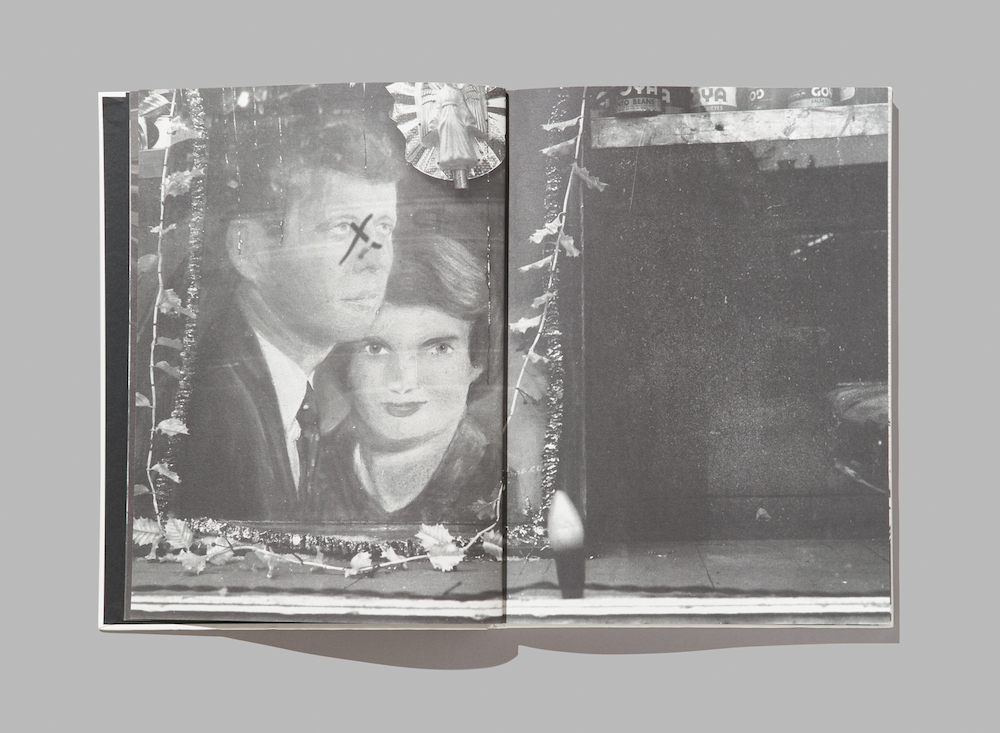
How did ‘desire’ manifest itself in Robert & Patti’s work, and through your work with these photographs?
They both loved the concept of being artists. I doubt they ever considered being anything else. They were always creating…drawings, paintings, sculptures, collages, & in Patti’s case, writing. I believe you can, I could, feel that in my 1968 portraits. Of course they couldn’t know exactly where the road they were on might lead, but they knew they were on the right road.
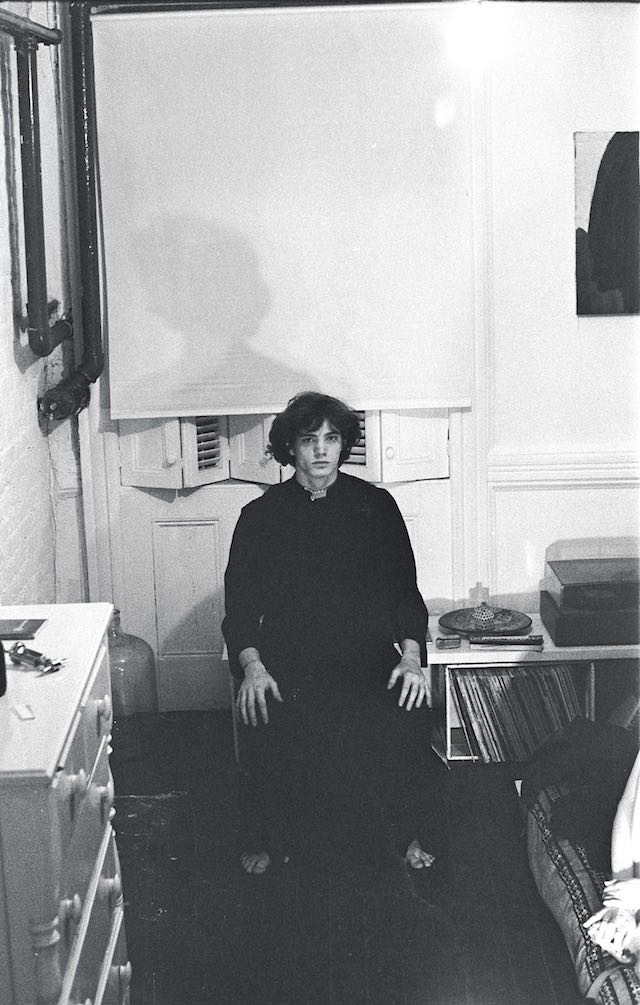
The photographs capture a very particular moment in time, what was particular about Brooklyn and Manhattan in 1968 + 1969?
Everything in the late 60s was changing…music, art, movies, our perceptions because of mind expanding drugs. New York City was very open. You could mingle with the new Warhol superstars at Max’s Kansas City for the price of a drink. Of course, Robert & Patti (& I) often didn’t have the price of a drink, but our aspirations were high.
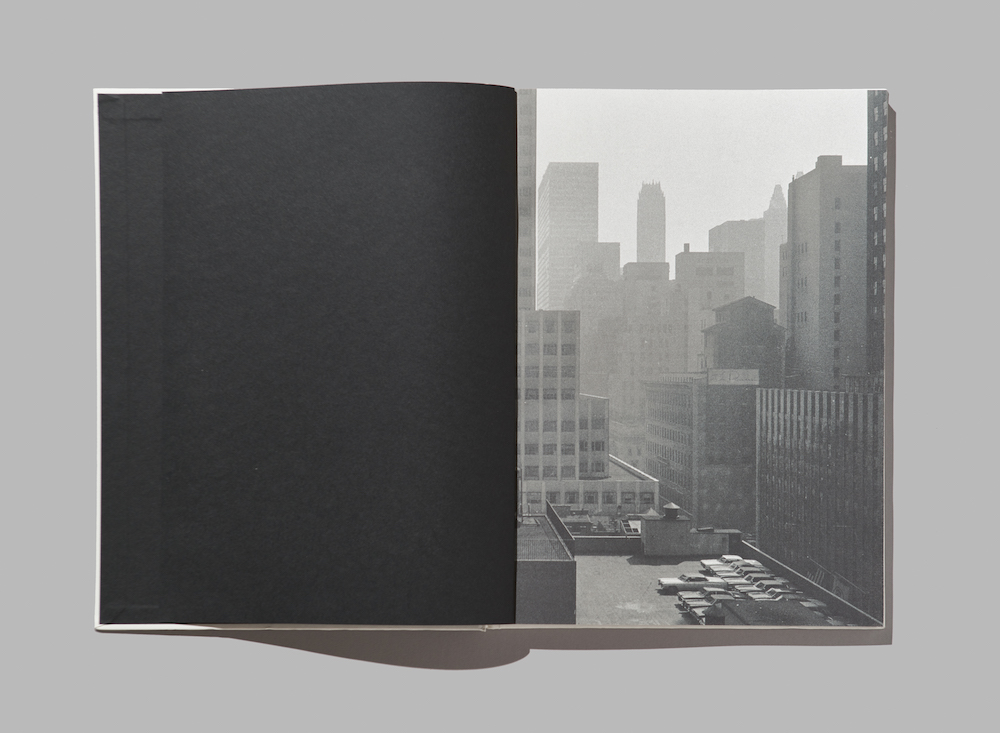
What do you look for in a portrait, how do you achieve such intimacy and spontaneity in your photos?
I prefer to make beautiful photographs. I prefer to establish trust with my subjects. I don’t use lights, & never used a light meter. I photograph what’s there. People trust me to make them look good because I strive to make them feel good.
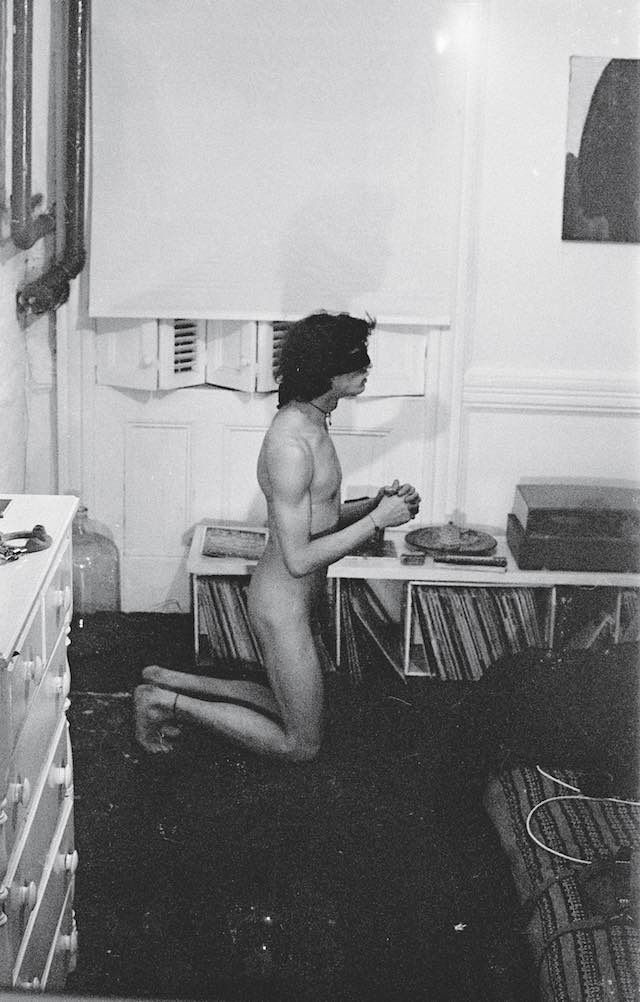
Why did you previously never feel comfortable doing anything with the pictures?
Robert & Patti were my friends from a particularly innocent time in all of our lives..Patti titled her book,”Just Kids.” I remained friends with Robert, until he died. Eventually I was in a position to commission photography from him as the Art / Design Director of Rolling Stone, Vanity Fair, House & Garden, & Condé Nast Traveler. We enjoyed working together. Although he and Patti became art world icons, I still felt my photographs of them were personal to us. Then in 2009, Patti phoned me and asked to use two of the 1968 Brooklyn portraits in her book. Of course I said “yes”, I was thrilled they would finally be seen. She wrote that they are the first portraits made of them together. I was surprised to find she also wrote about our nude 1969 photo session at my Charles Street basement apartment. Now I feel the pictures, 50 + years old, can be shown for what they are, portraits of two of Americas most important artists when they were very young, very beautiful, and very ambitious.
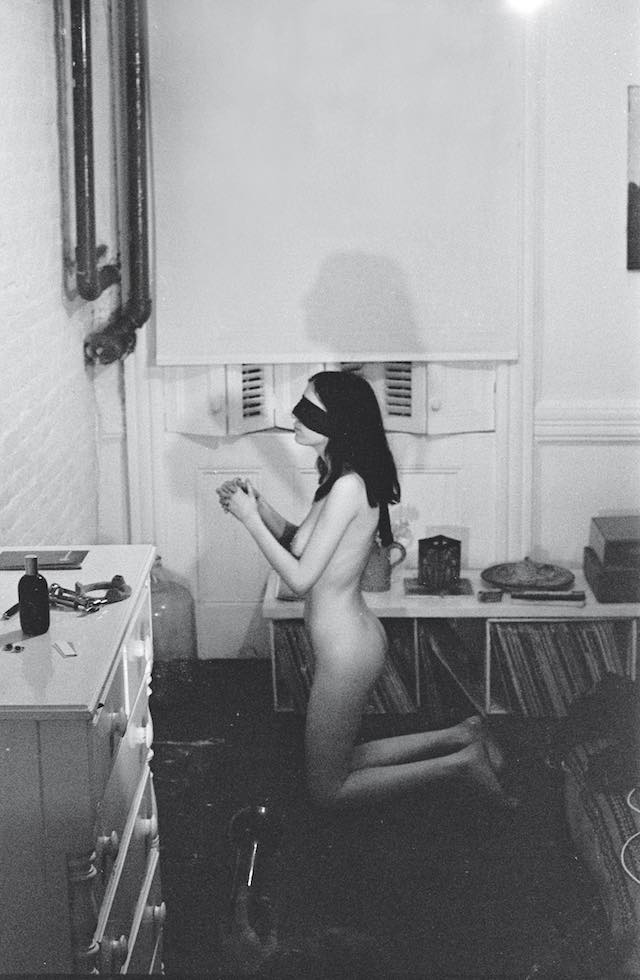
Do you have a favourite image, or one that you keep coming back to?
Actually, I don’t. In 1968 I was just beginning to consider myself a photographer. The 1968 Hall Street portraits are attempts to record complicated feelings I had about Robert and Patti. They have gained that particular patina that all photographs seem to acquire with time. What I love about them is how they illustrate that mystery for me. The 1969 nude session is really about friendship, and I thank Patti and Robert for their trust.
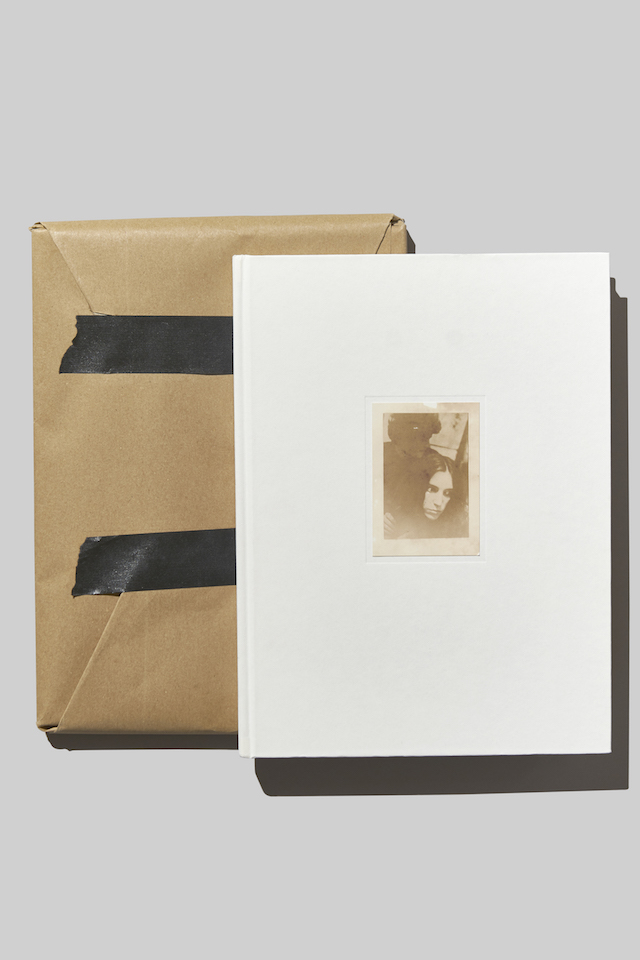
‘DESIRE’ by Lloyd Ziff is a limited edition publication of 600 books, available exclusively at njgstudio.com